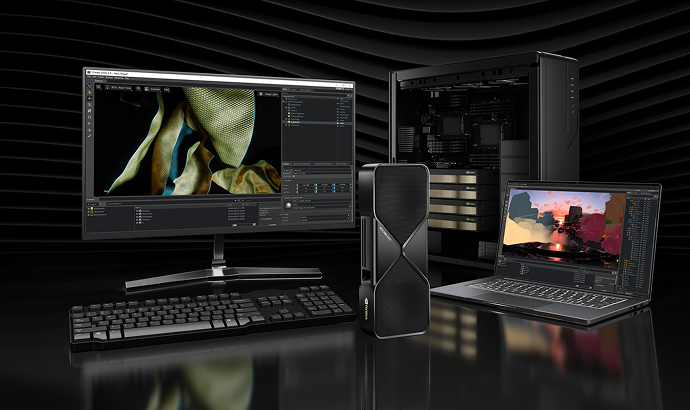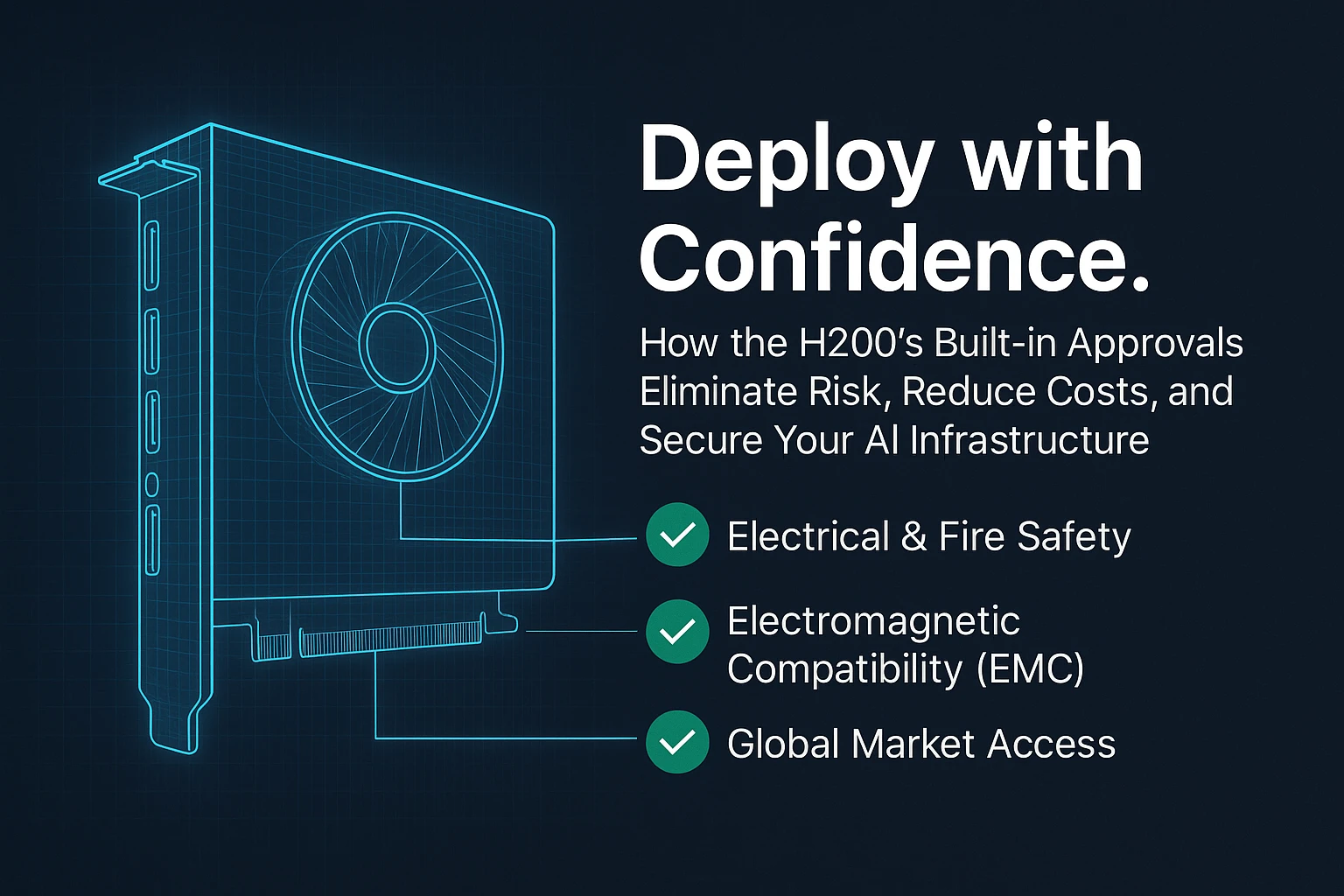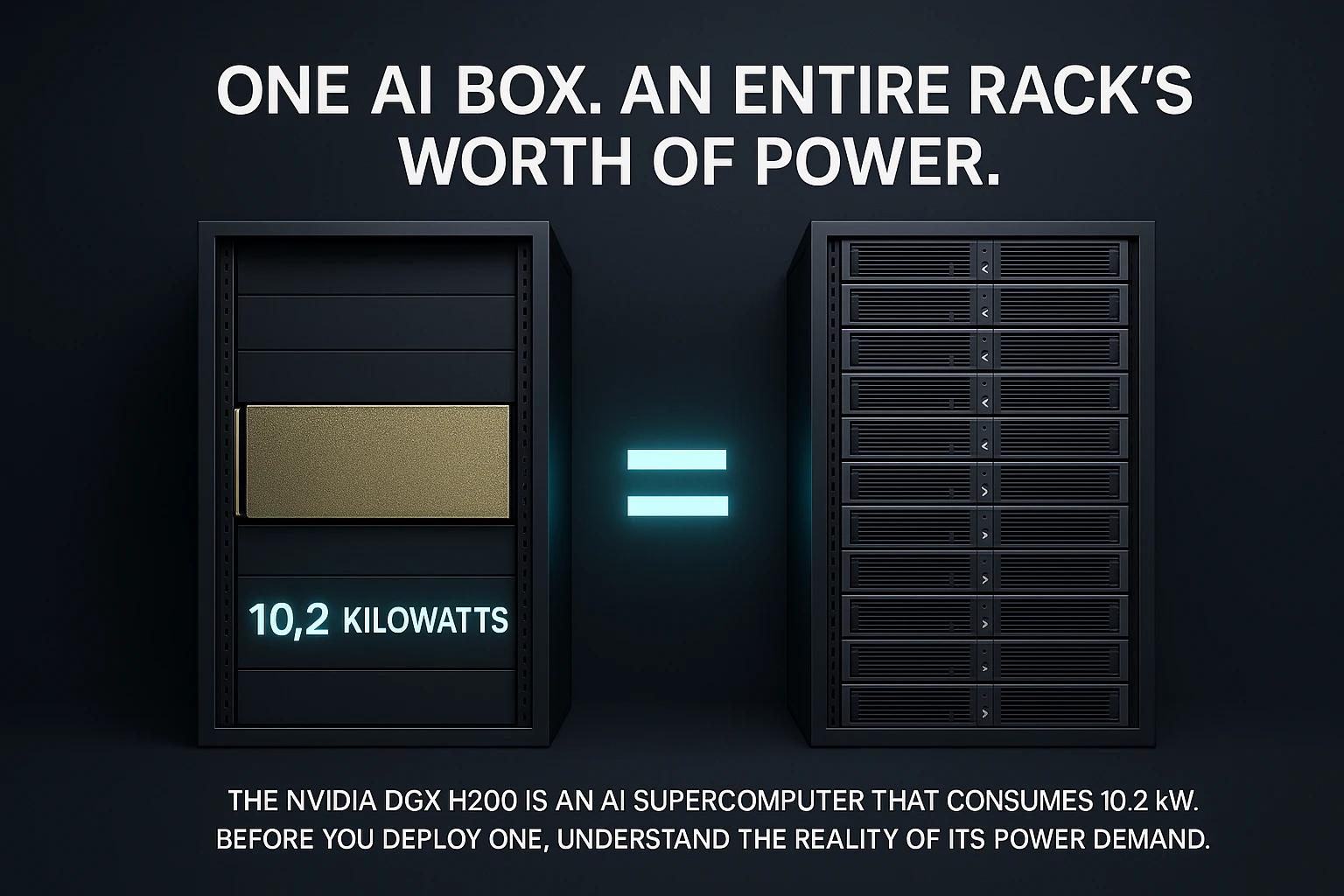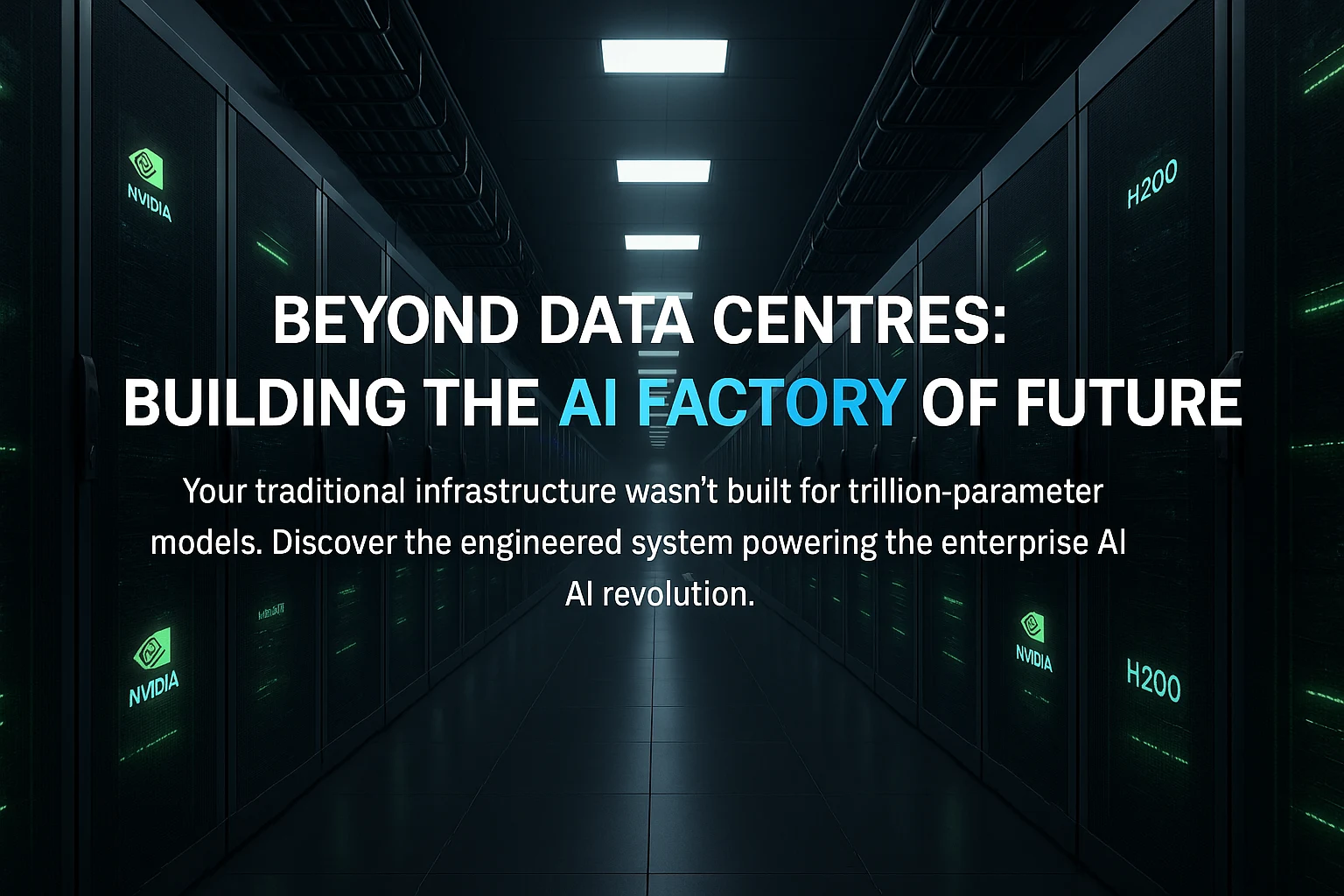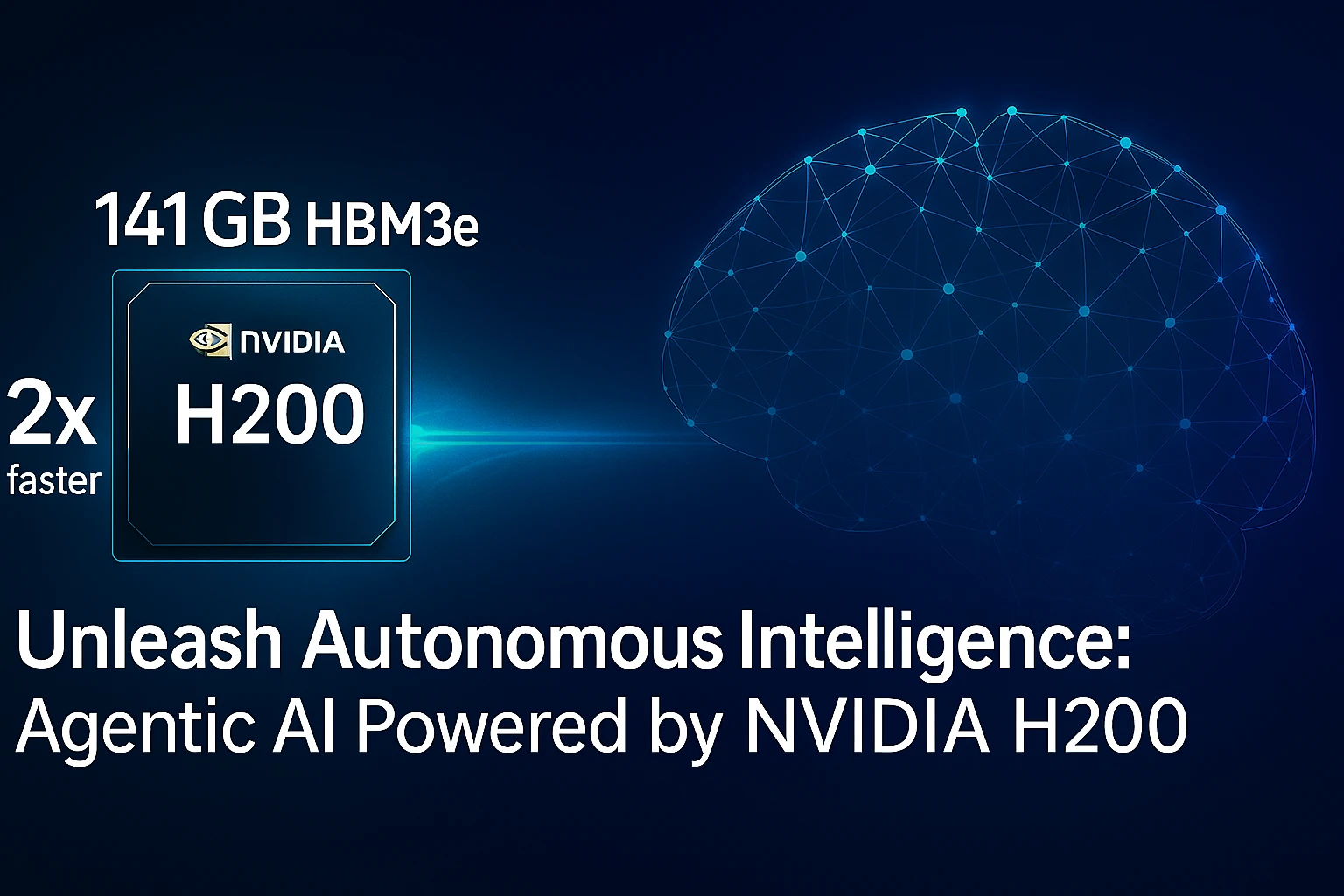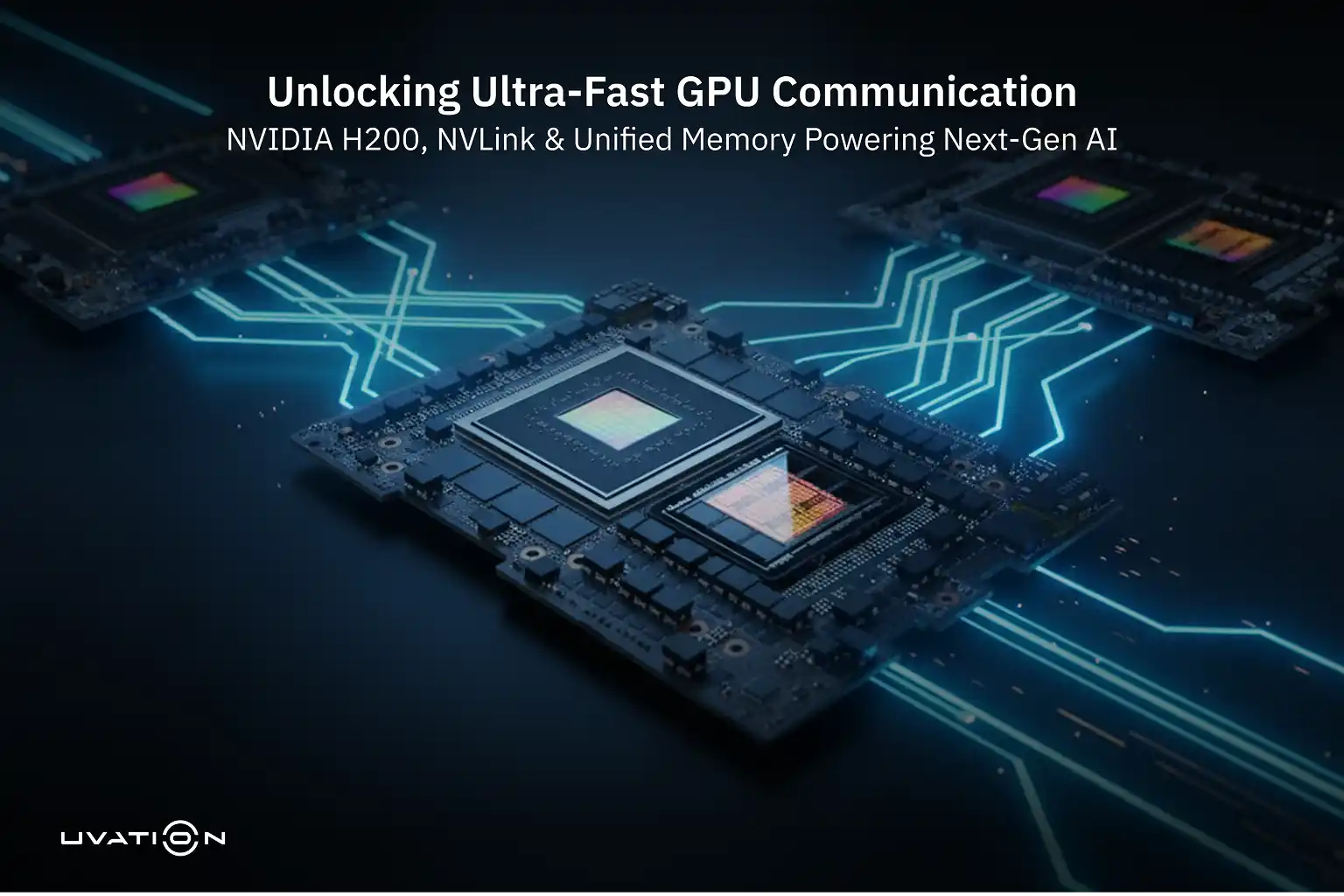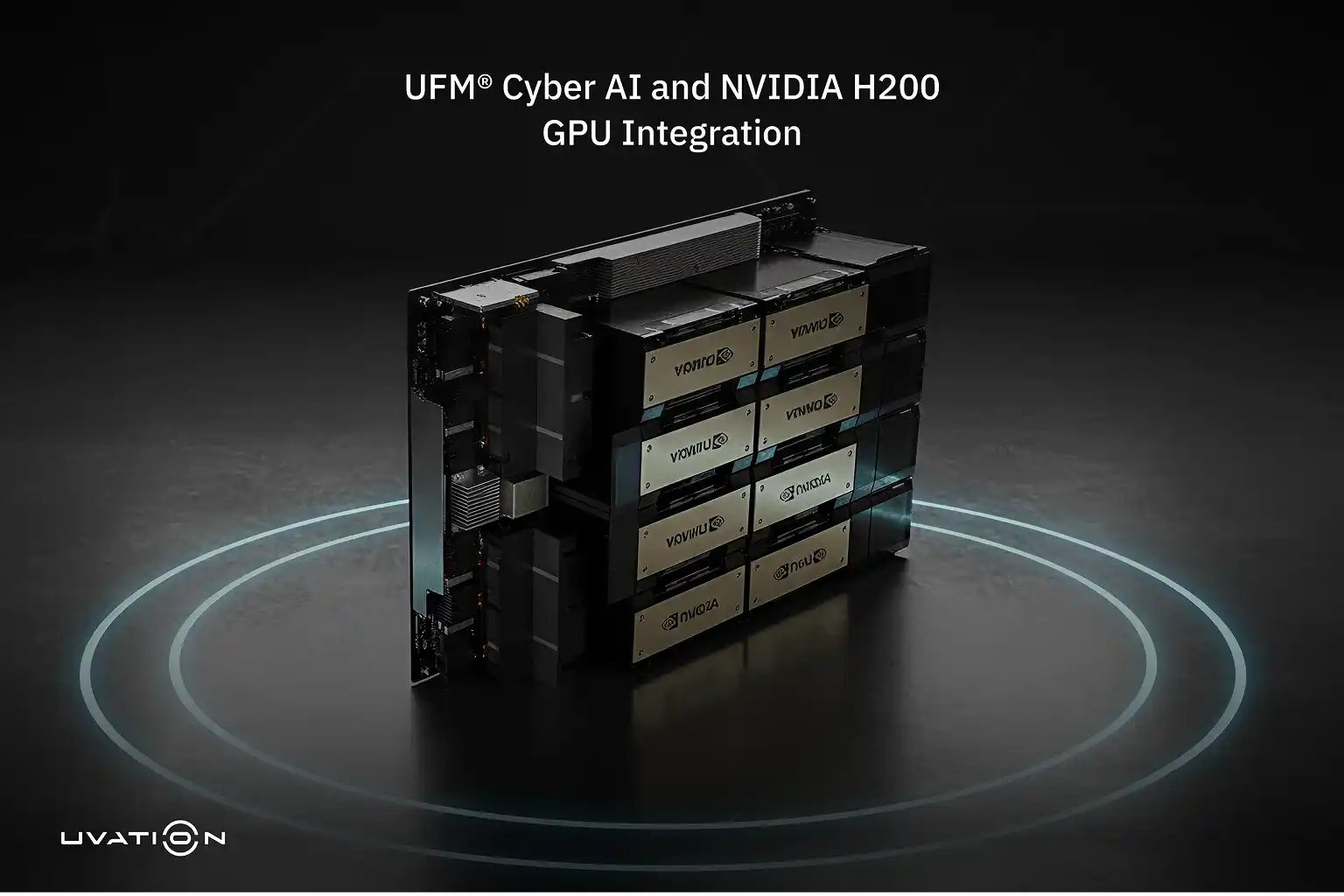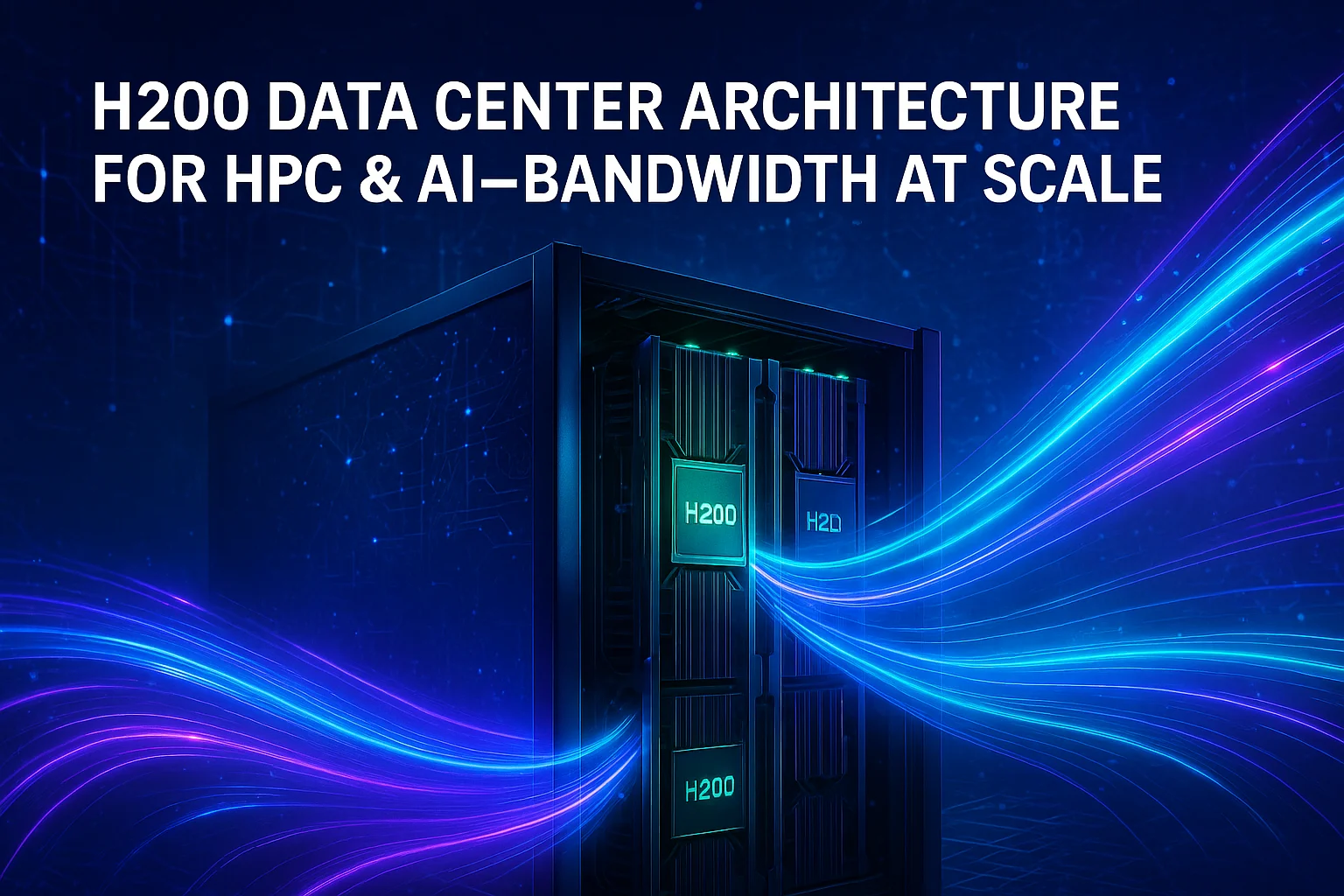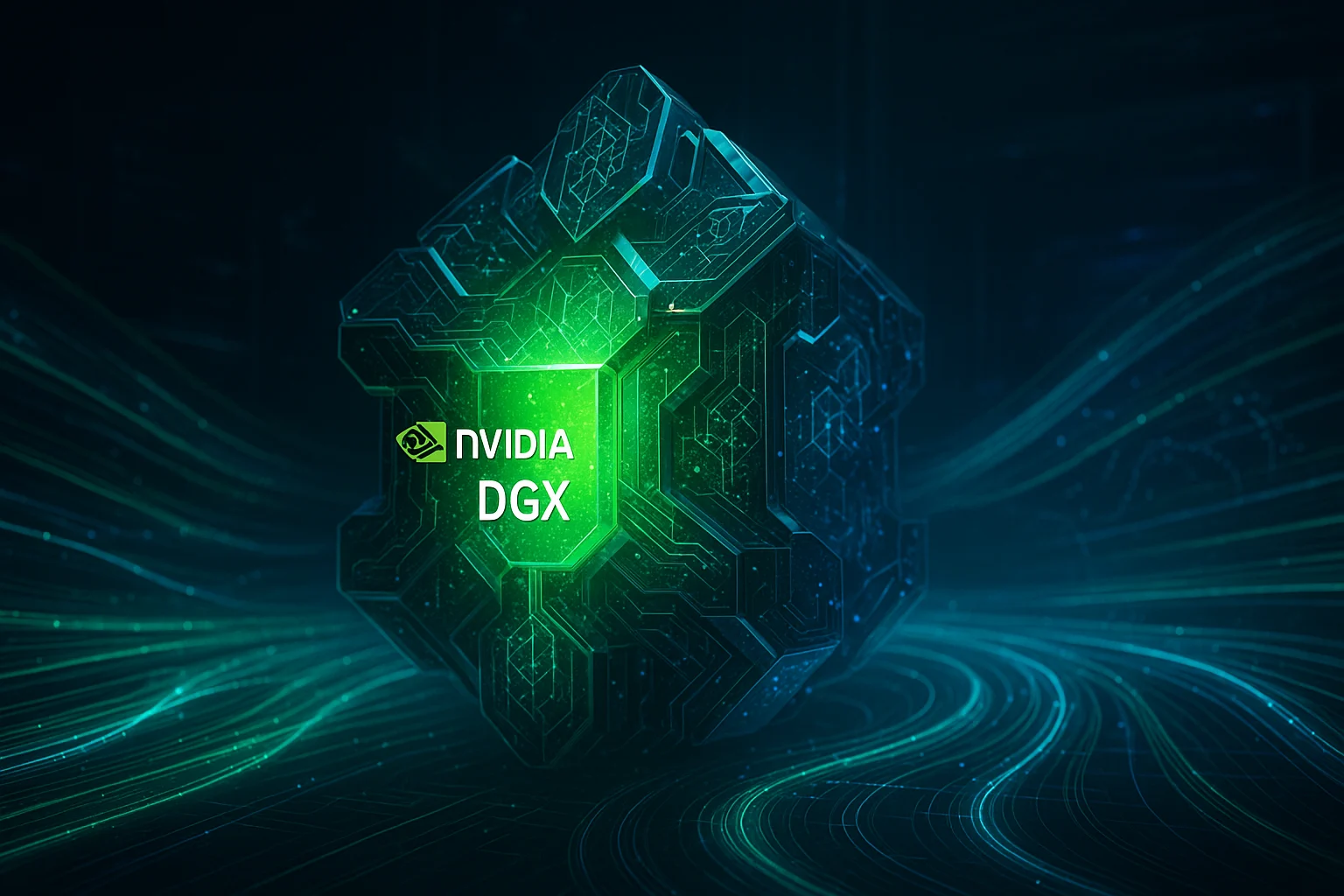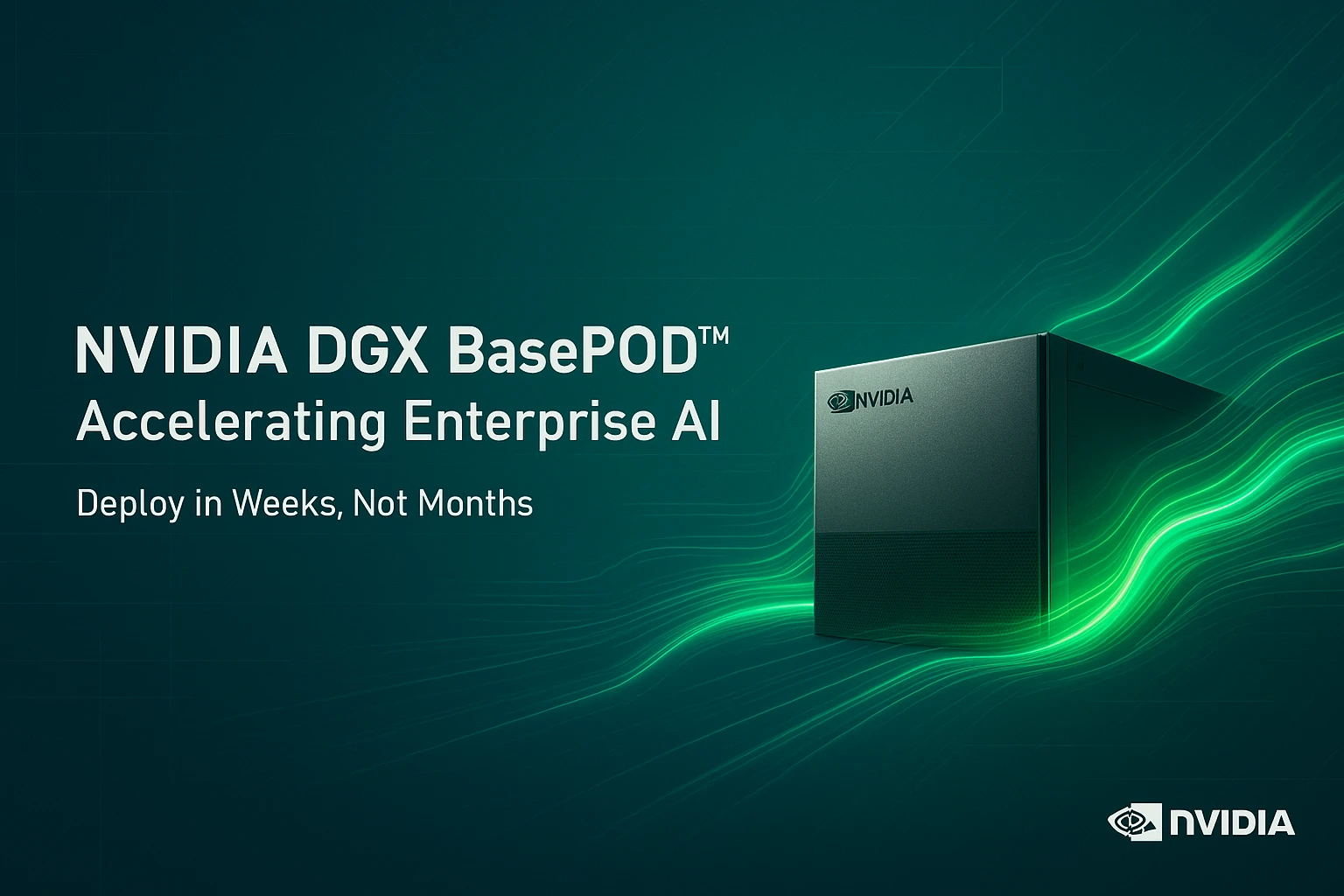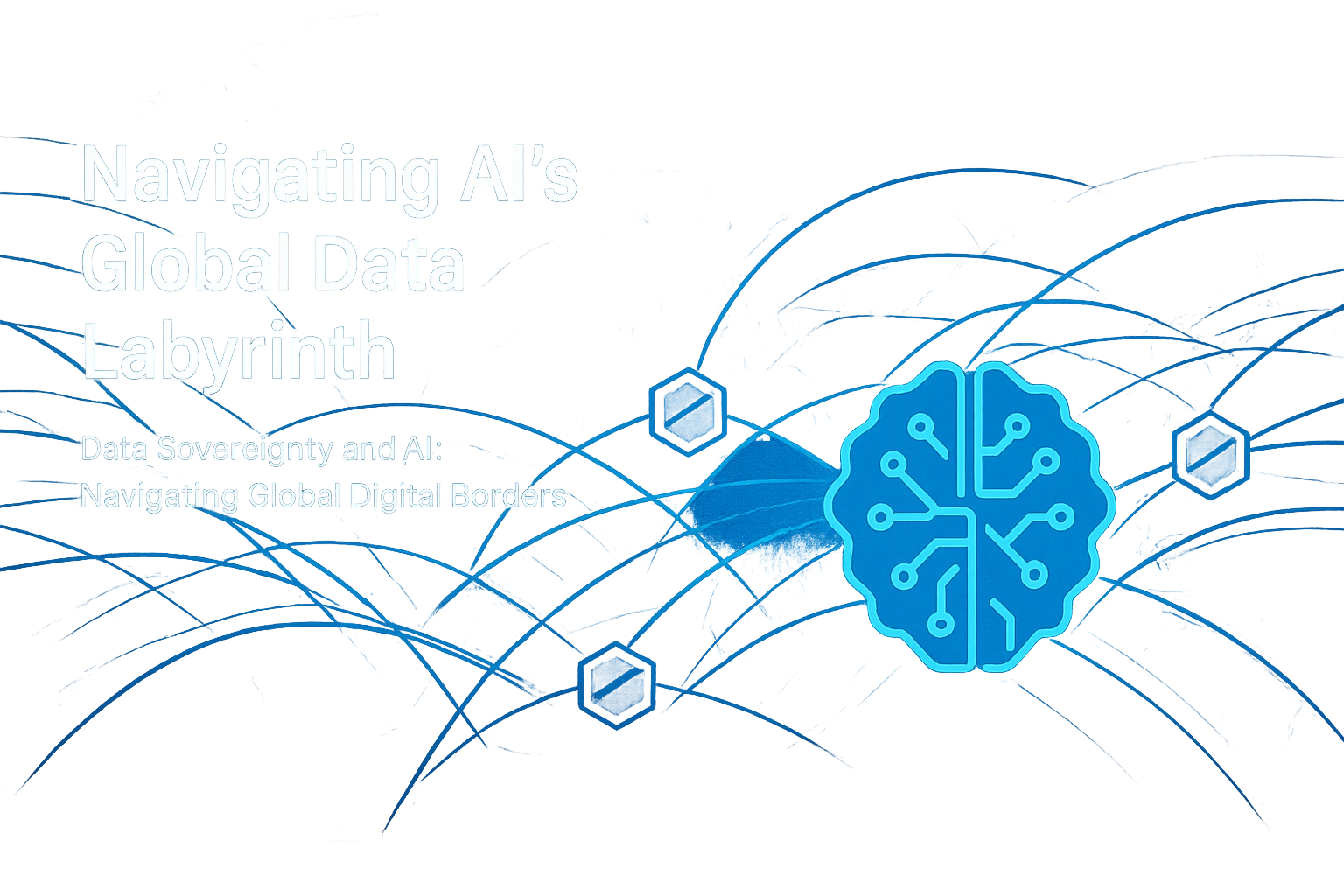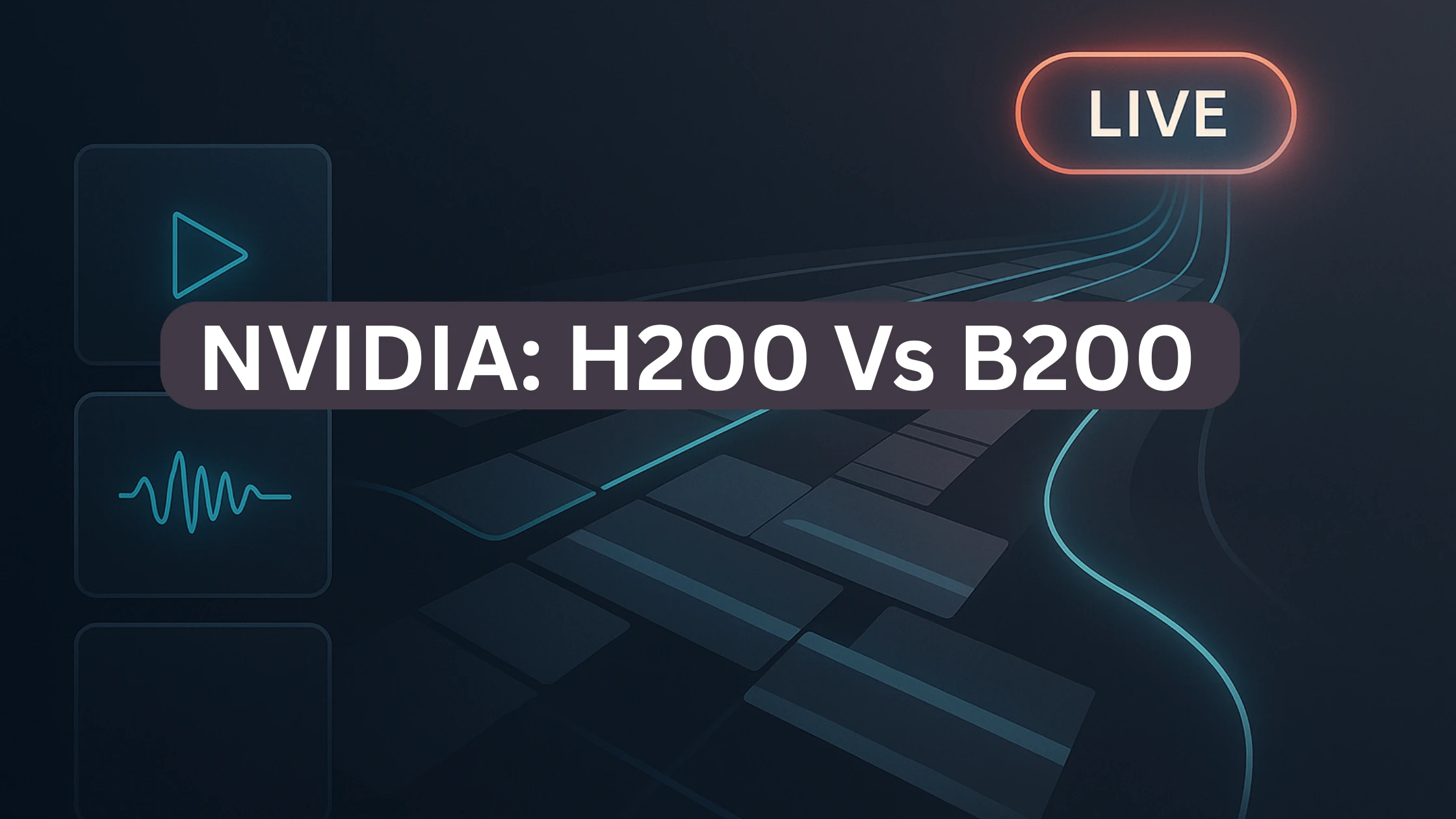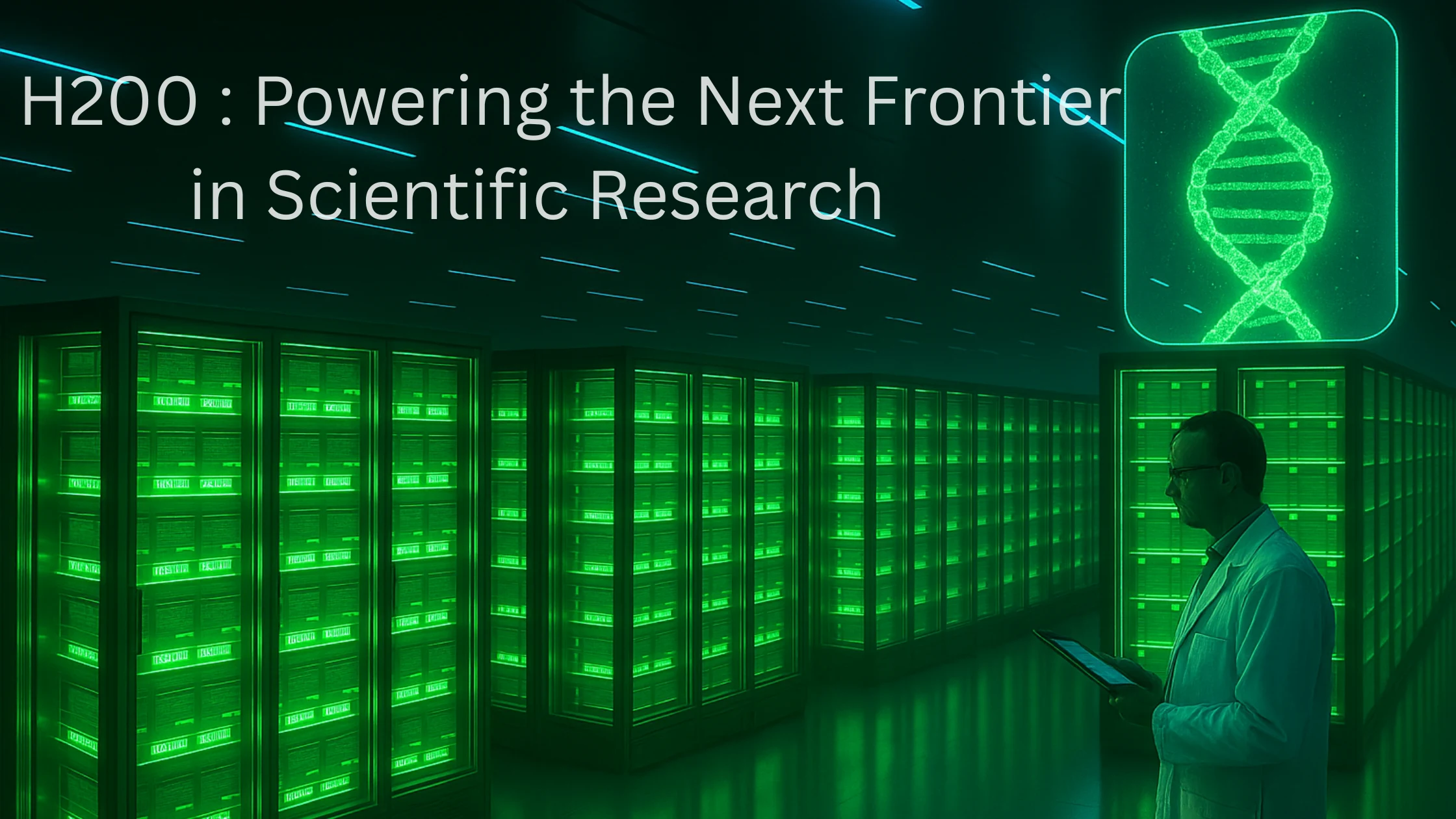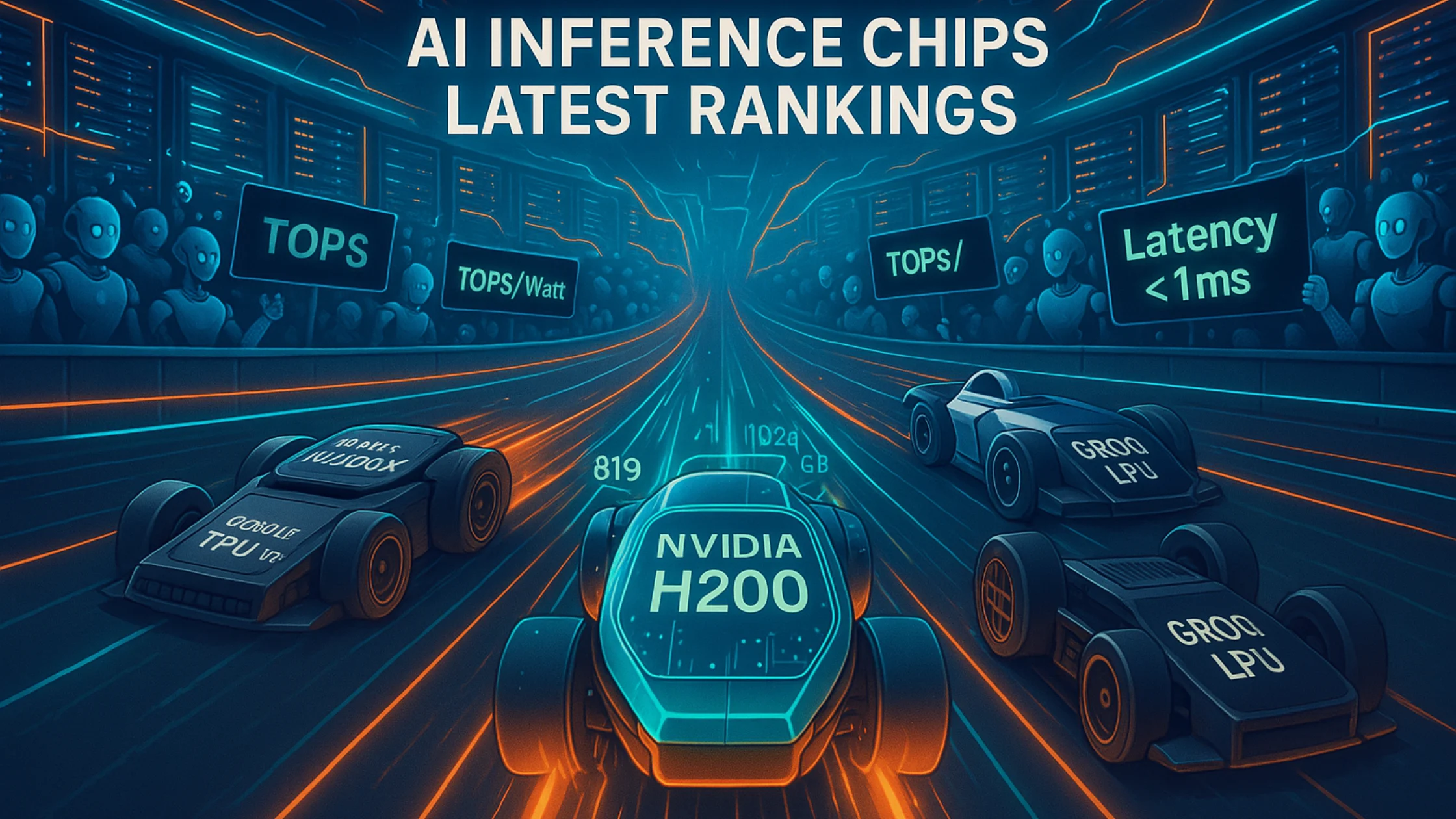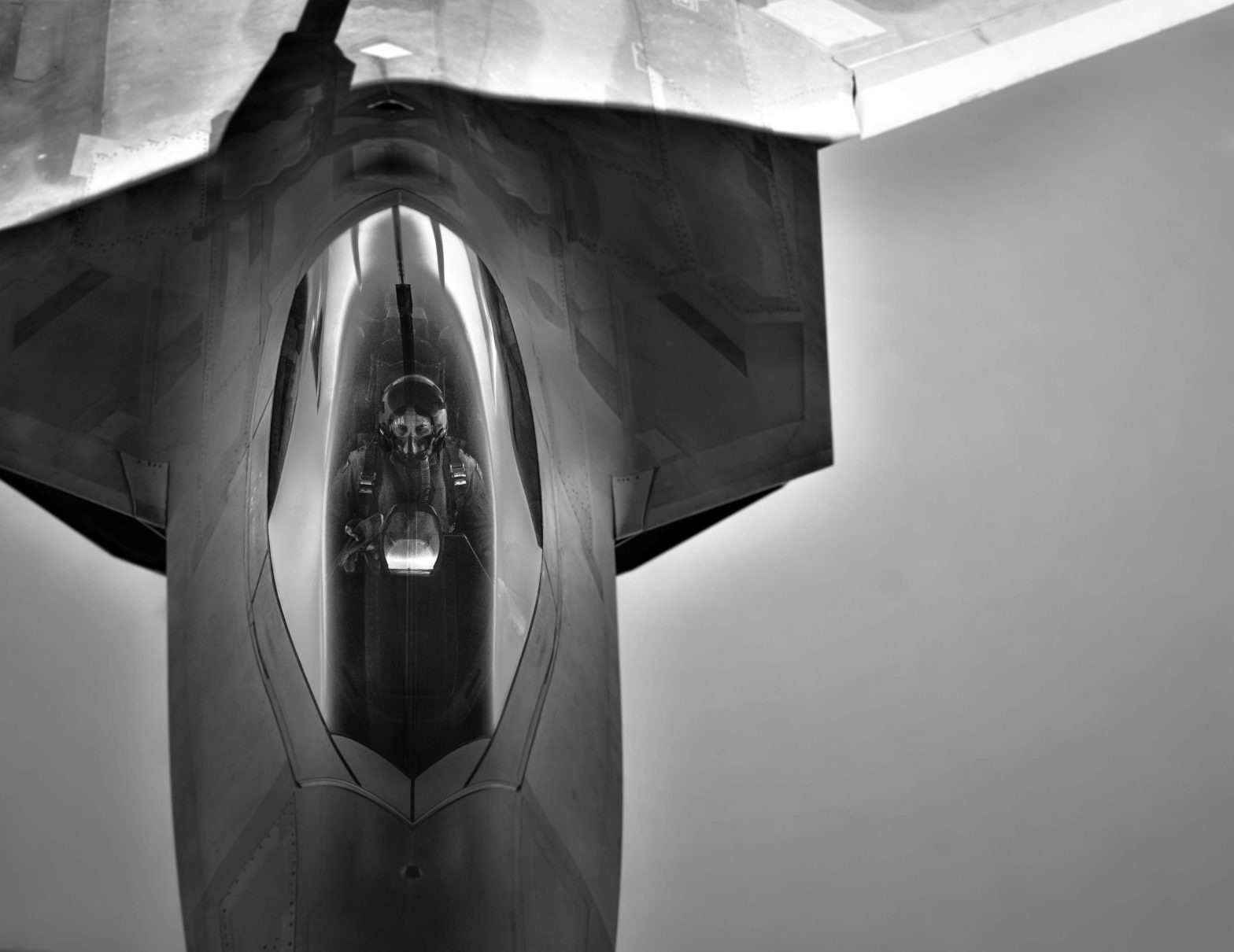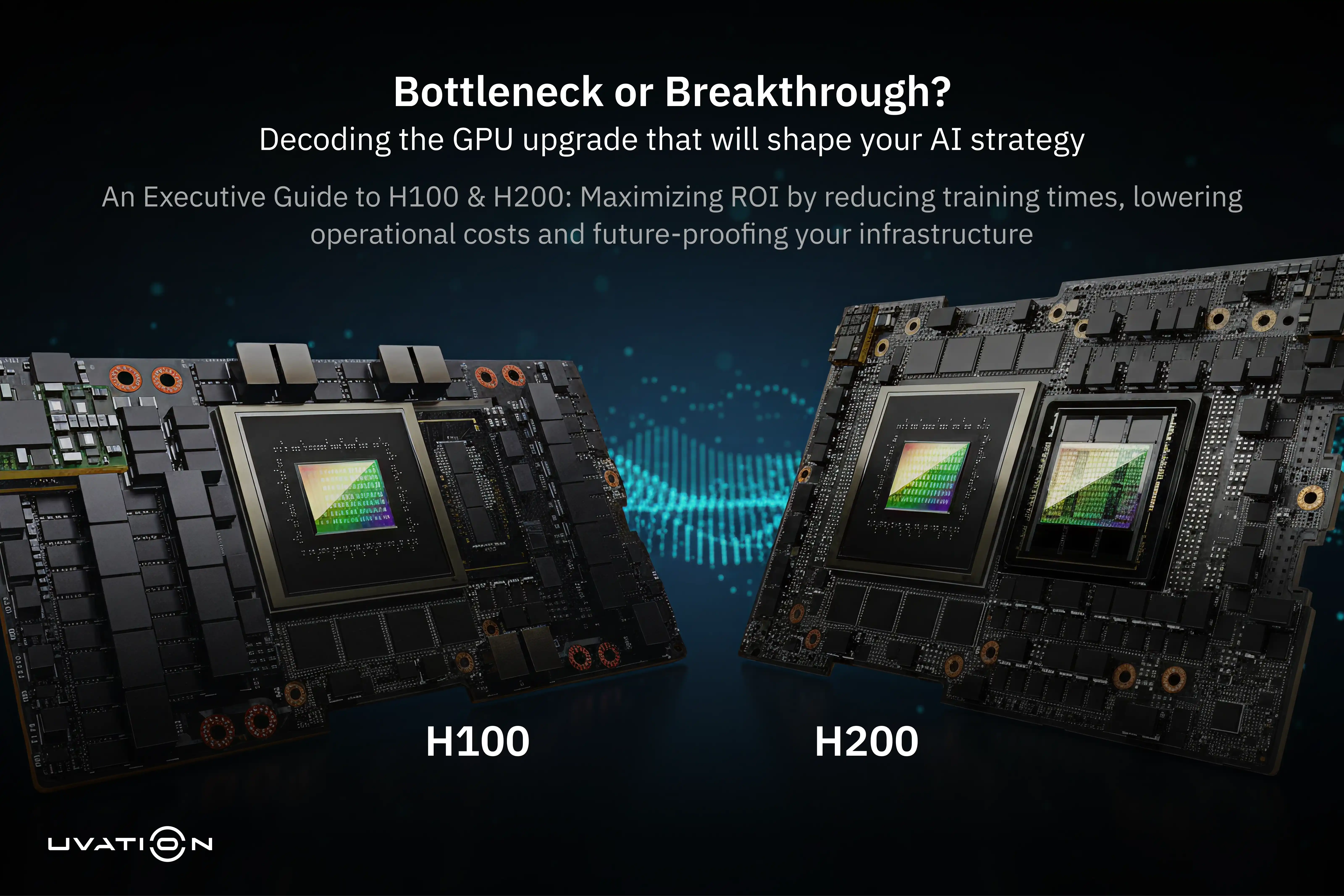
H100 vs H200 Performance Comparison: Decoding the GPU Upgrade That Will Shape Enterprise AI
The NVIDIA H200 GPU enhances the H100, sharing the same Hopper architecture but targeting performance bottlenecks in large-scale AI. The key upgrade is its memory system, transitioning from the H100's 80 GB HBM3 memory with ~3.35 TB/s bandwidth to the H200's 141 GB of faster HBM3e memory with ~4.8 TB/s bandwidth. This allows the H200 to train and infer larger models more efficiently, reducing the need for multi-GPU setups, which in turn lowers training times and operational costs. While the H100 remains a capable choice for many current enterprise AI tasks, the H200 is designed for future-proofing deployments against the demands of trillion-parameter models and advanced generative AI. The decision to upgrade is a strategic one, balancing current needs with long-term scalability and efficiency goals.
10 minute read
•Energy and Utilities



